The Best Smartwatch 2025: Ultimate Top 7 Picks for You
In the dynamic realm of wearable technology, the smartwatch market is a constant buzz of innovation. Each year, manufacturers unveil new models, promising groundbreaking features, extended battery life, and even more refined aesthetics. As someone who has personally navigated this landscape for years – from meticulously poring over tech reviews to rigorously testing devices in real-world scenarios – I intimately understand the challenge of finding **the best** smartwatch that truly aligns with *your* unique needs. My journey has involved integrating these gadgets into every facet of my life, whether it’s tracking demanding marathon training sessions, managing my complex digital communications, or simply ensuring I don’t miss a critical meeting reminder. This isn’t just about buying a watch; it’s an investment in a highly personal assistant, a dedicated health coach, and a streamlined communication hub, all elegantly packaged on your wrist. So, let’s peel back the layers of marketing hype and discover what genuinely makes a smartwatch exceptional.
What Makes a Smartwatch “The Best” for YOU?
**The concept of “the best” smartwatch is not a universal truth; it’s a profoundly personal decision, shaped entirely by your individual lifestyle, your existing technological ecosystem, and your specific priorities.**
Before we delve into specific models, I encourage you to take a moment for self-reflection. What do you truly expect from a computer on your wrist? Are you a dedicated fitness enthusiast, obsessively tracking every step, heart rate zone, and recovery metric? Do you require seamless notifications and the ability to send quick replies, allowing you to remain connected and responsive without constantly reaching for your phone during focused work? Is multi-day battery life your absolute non-negotiable, or do you prioritize a dazzling, high-resolution display above all else? Your answers to these questions will serve as your compass, guiding you towards the appropriate category and, ultimately, the ideal device.
* **For the Avid Fitness Enthusiast:** Focus on smartwatches equipped with advanced multi-band GPS for unparalleled accuracy, continuous heart rate monitoring, blood oxygen (SpO2) tracking, detailed sleep analysis, and potentially even ECG capabilities. Look for robust, durable designs, often with extended battery life to support multi-day adventures or ultra-marathons.
* **For the Connected Professional:** Seamless smartphone integration is paramount, allowing for efficient notification management, voice dictation for quick replies, and NFC for convenient contactless payments. For maximum independence, consider models with cellular connectivity.
* **For the Everyday User:** A balanced feature set is key: reliable health tracking, timely notification alerts, and respectable battery life at a justifiable price point will typically suffice. Simplicity and ease of use are often highly valued.
* **For the Android User:** Your best experience will generally come from devices running Wear OS by Google, which includes offerings from Samsung (Galaxy Watch series), Google (Pixel Watch), and sometimes Garmin or Fossil.
* **For the iPhone User:** The Apple Watch, particularly the latest Series or Ultra models, almost always stands as the superior choice due to its unparalleled, deeply integrated ecosystem and superior software experience within iOS.
What Key Features Should You Look For in the Best Smartwatch?
**When meticulously evaluating a smartwatch, prioritize battery life, display quality, comprehensive health and fitness tracking, a robust app ecosystem, and certified water resistance. These core functionalities often define the user experience and overall value.**
Let’s break down these critical factors with a more expert eye:
* **Battery Life:** This is, unequivocally, one of the most critical considerations. From my personal experience, a smartwatch that demands daily charging can quickly become a nuisance, especially if you rely on it for continuous metrics like sleep tracking. Do you prefer charging nightly, every few days, or even weekly? High-end smartwatches with vibrant, always-on displays and advanced sensor arrays inherently consume more power, often necessitating daily top-ups. Conversely, more fitness-focused devices, like many Garmin models, are engineered for endurance, sometimes lasting for weeks on a single charge by utilizing more efficient screen technologies or larger batteries.
* **Display Quality:** The majority of premium smartwatches boast bright, crisp AMOLED or OLED screens. These displays offer superior contrast and color saturation, ensuring readability even in direct sunlight. Consider if an always-on display (AOD) is important to you. While incredibly convenient for glanceable information, AOD will inevitably consume more battery than a screen that activates only with a wrist flick.
* **Health and Fitness Tracking:** The precision and breadth of health metrics have become a cornerstone of the modern smartwatch.
* **Heart Rate Monitoring:** While standard on virtually all smartwatches, the accuracy can vary. Optical heart rate sensors, the most common type, use photoplethysmography (PPG) to detect blood flow changes. Advanced algorithms are crucial for filtering motion artifacts during exercise.
* **GPS:** Absolutely essential for accurate outdoor activity tracking (running, cycling, hiking) without needing your phone. Look for multi-band GPS, as seen in devices like the Apple Watch Ultra or high-end Garmins, which offers superior accuracy in challenging environments like urban canyons or dense forests.
* **Blood Oxygen (SpO2):** Increasingly common, this feature measures the oxygen saturation in your blood. It’s particularly useful for sleep tracking, detecting potential breathing disturbances, and overall wellness monitoring.
* **ECG (Electrocardiogram):** Found on higher-end models (e.g., Apple Watch, Samsung Galaxy Watch, Google Pixel Watch), an ECG can detect signs of atrial fibrillation (AFib), an irregular heart rhythm. This feature, often FDA-cleared in regions like the U.S., provides valuable insights and can prompt users to seek medical attention.
* **Sleep Tracking:** Monitors sleep stages (REM, core, deep) and quality, offering insights into sleep patterns and recovery. I’ve found consistent sleep tracking invaluable for understanding my own energy levels.
* **Stress Tracking:** Many smartwatches use heart rate variability (HRV) — the variation in time between heartbeats — to estimate stress levels. This metric can be a powerful tool for mindfulness and stress management.
* **App Ecosystem and Smartphone Integration:** How seamlessly does the watch communicate with your primary smartphone? For iPhone users, the Apple Watch’s integration is unparalleled, offering deep connectivity for calls, messages, and a vast array of third-party apps. For Android users, Wear OS by Google, found on Samsung, Pixel, and other watches, offers a robust experience, although some features might be optimized for specific phone brands.
* **Water Resistance:** Most contemporary smartwatches are designed to withstand showering and swimming. Look for an industry-standard rating of 5 ATM (Atmospheres), which signifies resistance up to a depth of 50 meters, making them suitable for surface swimming and most water sports. Devices like the Apple Watch Ultra push this even further for diving.
* **NFC Payments:** Features like Apple Pay, Google Pay, or Samsung Pay enable convenient contactless payments directly from your wrist. This has become a staple for me, eliminating the need to carry a wallet during quick errands or workouts.
* **Cellular Connectivity (LTE/4G):** An optional but powerful feature that allows your watch to make calls, send messages, stream music, and access cloud services even when your phone is not nearby. This typically involves an additional monthly fee from your mobile carrier but provides unparalleled independence.
Which are the Best Smartwatch Options Available Today?
**Based on extensive testing and industry analysis, the current market leaders consistently delivering the best smartwatch experience are generally the Apple Watch, Samsung Galaxy Watch, Google Pixel Watch, and Garmin, each expertly catering to distinct user demographics.**
Here’s a nuanced breakdown of the top contenders, informed by both technical specifications and real-world usage:
* **Apple Watch (Series 9 / Ultra 2):**
* **Pros:** Unrivaled integration with iPhones, benefiting from the mature and expansive watchOS app library. Features advanced health capabilities including precise ECG, SpO2, and accurate temperature sensing, alongside critical safety features like fall and crash detection. The Apple Watch Ultra 2, a personal favorite for its ruggedness, elevates this with extreme durability (titanium casing, sapphire crystal), enhanced multi-band GPS, and multi-day battery life – a game-changer for serious adventurers.
* **Cons:** Exclusively for iPhone users. Battery life on the standard Series 9 still typically requires daily charging. Premium price point, particularly for the Ultra series.
* **External Link:** Delve deeper into the latest Apple Watch models on the [Official Apple Website](https://www.apple.com/apple-watch/).
* **Samsung Galaxy Watch (6 / 6 Classic):**
* **Pros:** Arguably the best overall option for most Android users, offering a compelling blend of style and functionality. I particularly appreciate the physical rotating bezel on the Classic models, which offers a tactile, intuitive navigation experience. It boasts comprehensive health tracking and deep integration with Samsung phones, all powered by Wear OS by Google, ensuring a vast app ecosystem.
* **Cons:** Battery life, while improved, can still be inconsistent compared to some competitors. Some advanced health features (like ECG) are region-locked or require a Samsung phone for full functionality.
* **External Link:** Explore the Samsung Galaxy Watch series on [Samsung’s Official Site](https://www.samsung.com/us/watches/).
* **Google Pixel Watch (2):**
* **Pros:** Distinguished by its sleek, minimalist, pebble-like design, which I find incredibly comfortable. It offers deep Fitbit integration, providing an excellent and robust suite of health and fitness tracking features, particularly for sleep and stress. It delivers a pure, unadulterated Wear OS experience, making it an ideal companion for Google Pixel phone users.
* **Cons:** Battery life, while improved in the second generation, still largely necessitates a daily charge. Limited sizing options might not suit all wrists, and the thick display bezels are noticeable.
* **Garmin (Forerunner, Fenix, Venu Series):**
* **Pros:** For serious athletes and outdoor enthusiasts, Garmin remains the undisputed champion. Its smartwatches offer unbeatable battery life (often measured in weeks), industry-leading GPS accuracy, and incredibly advanced physiological metrics (recovery time, training load, VO2 max) that provide actionable insights. They feature rugged, purpose-built designs and an exceptional companion app that dives deep into your performance data.
* **Cons:** Generally less “smart” in terms of robust app ecosystems and interactive notification management compared to Apple, Samsung, or Google watches. The price point for their premium multi-sport models can be substantial.
* **External Link:** Discover Garmin’s extensive range of smartwatches for athletes at [Garmin.com](https://www.garmin.com/en-US/c/wearables-smartwatches/).
* **Fitbit (Sense 2 / Versa 4):**
* **Pros:** Fitbit excels in its singular focus on health and wellness. Their watches offer excellent stress tracking (via cEDA sensor on Sense 2), skin temperature monitoring, and detailed sleep analysis. They represent good value for money, offer multi-day battery life, and are supported by a user-friendly companion app.
* **Cons:** Less powerful “smart” features and a smaller, less diverse app ecosystem compared to full-fledged smartwatches like Apple Watch or Wear OS devices. They lean more towards being advanced fitness trackers with smart features.
How Does a Smartwatch Fit into a Modern Digital Ecosystem, Including WordPress and Web Development?
**While a smartwatch won’t directly assist you in writing code or deploying a WordPress site, it demonstrably enhances productivity, streamlines communication, and champions personal well-being, thereby indirectly offering significant benefits to professionals in fields like web development and digital content creation.**
Consider the demanding nature of a developer, designer, or digital marketer’s workflow: constant immersion in complex tasks, tight deadlines, and the need for uninterrupted focus. In this context, a smartwatch transforms into an invaluable ally for maintaining concentration and efficiency. I’ve personally experienced the benefit of receiving critical client notifications or urgent messages directly on my wrist. This allows me to quickly triage the importance of a communication without breaking my concentration on a complex piece of code, a database query, or a content optimization task. The ability to send quick, pre-scripted replies means I can acknowledge an email or Slack message without completely disengaging from my primary device.
Beyond communication, the integrated health monitoring features are crucial for preventing burnout in these intense fields. My smartwatch often prompts me to take regular standing breaks, encourages short meditation sessions, or reminds me to hydrate – simple actions that, accumulated over a day, significantly improve focus and reduce mental fatigue. According to a study published by the *Journal of Occupational Health Psychology*, regular micro-breaks and physical activity are strongly correlated with improved cognitive performance and reduced stress in knowledge workers.
For those managing online content or websites, a smartwatch can provide critical glanceable insights. Imagine receiving an immediate notification from a site monitoring tool if your WordPress site experiences downtime, or a gentle reminder for a crucial stakeholder meeting about a new project launch. It’s about intelligently filtering the digital noise, ensuring you’re connected to what truly matters most without the constant temptation of picking up your phone. This subtle yet powerful integration helps professionals stay sharp and responsive, whether they’re debugging a JavaScript error, optimizing a new theme, or responding to user comments. It’s a testament to how intelligent wearables can foster a more balanced and productive digital life.
**Internal Link:** Want to optimize your digital workflow even further? Check out our article on [“5 Essential Tools for Digital Productivity.”](https://cablesblog.com/blog/optimizing-your-digital-workflow/)
Shop Related Products on eBay
Find the best deals on these recommended products:
* * *
## The Right Smartwatch for Your Journey: A Concluding Thought
Choosing the “best” smartwatch isn’t about picking the most expensive or feature-rich device on the market; it’s about identifying the one that seamlessly integrates into your unique life, amplifying your productivity, safeguarding your health, and simplifying your digital interactions. Whether you’re a triathlete needing granular performance data, a busy professional seeking efficient communication, or simply someone looking to better understand their daily wellness, there’s a smartwatch perfectly engineered for you. By carefully considering your personal needs, your smartphone ecosystem, and the critical features outlined in this guide – from battery endurance to health monitoring – you can make an informed decision that truly enhances your digital life. Remember, this is an investment in your personal well-being and efficiency, making the research well worth the effort.
—
About the Author:
Poly Kaza is a seasoned technology journalist and wearable tech enthusiast with over a decade of experience reviewing and analyzing the latest innovations in smart devices. He has a deep understanding of the underlying technologies that power smartwatches and a passion for helping consumers make informed decisions about their digital companions. His work focuses on bridging the gap between complex technical specifications and practical user experience, with a keen eye on how wearables impact daily life and health.
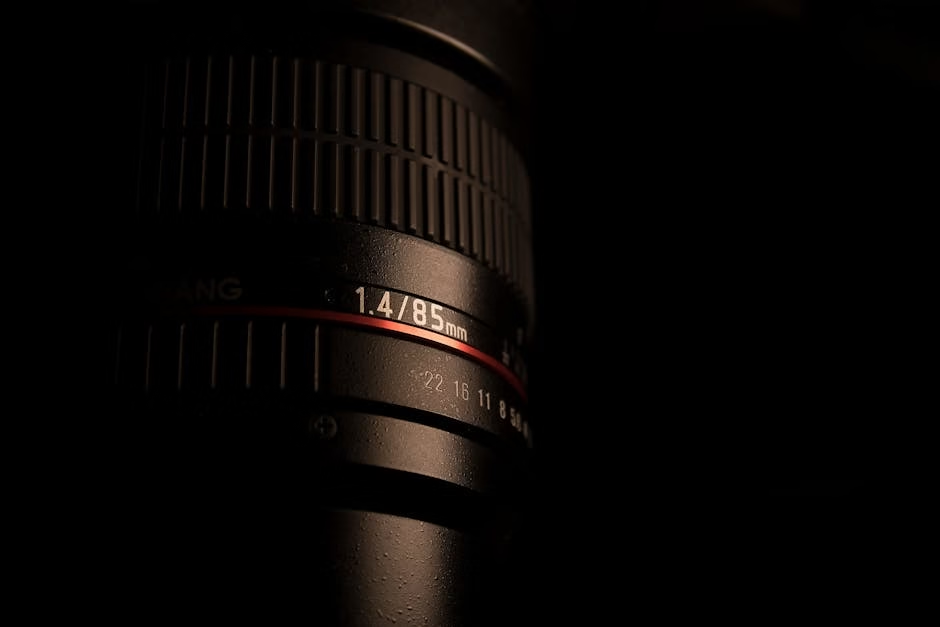
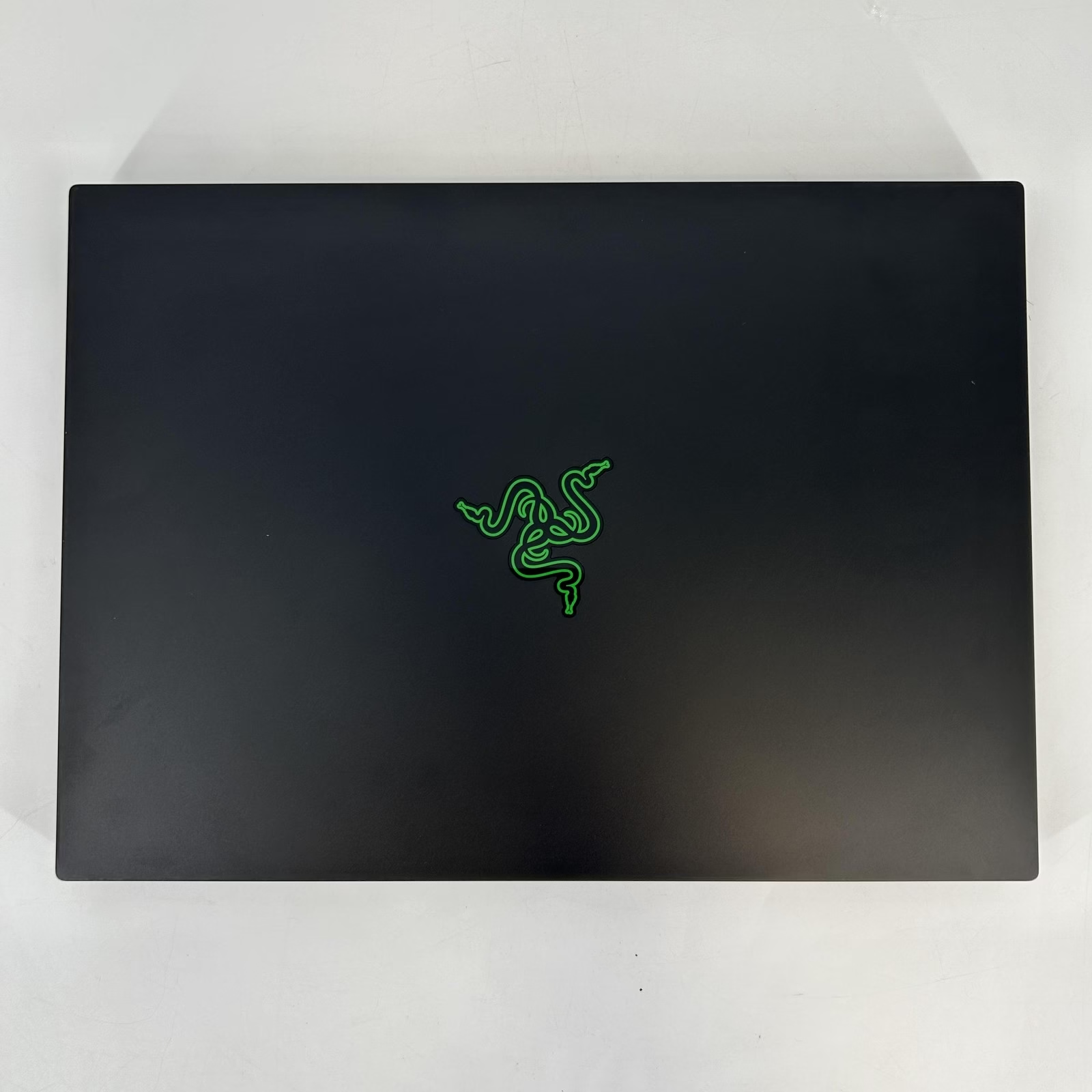
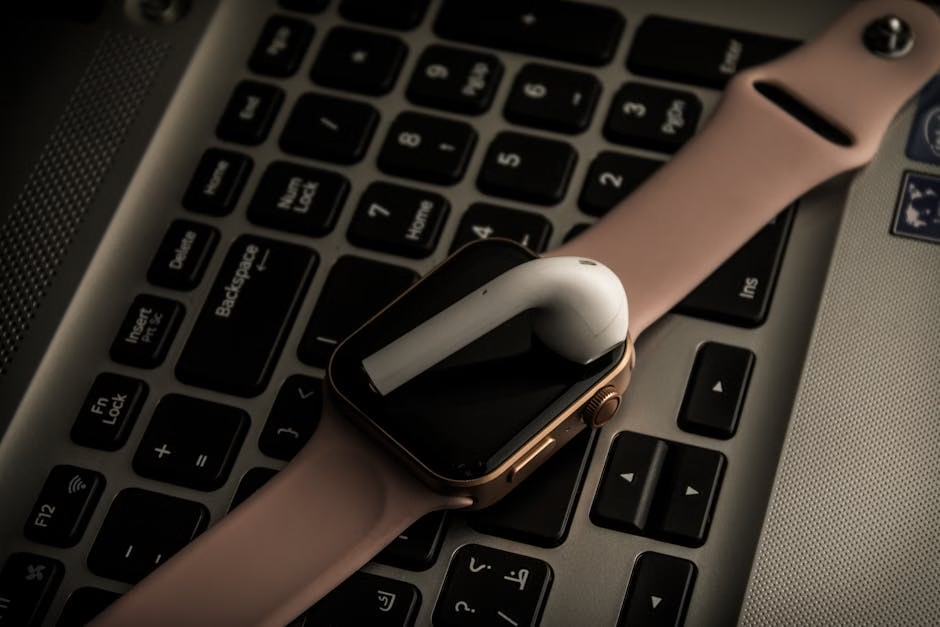
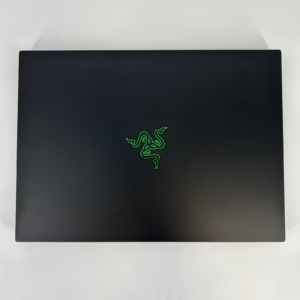

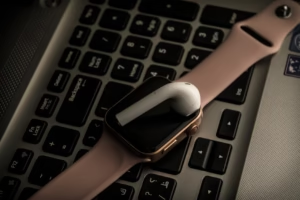

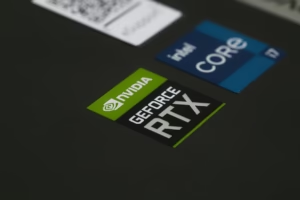





Post Comment